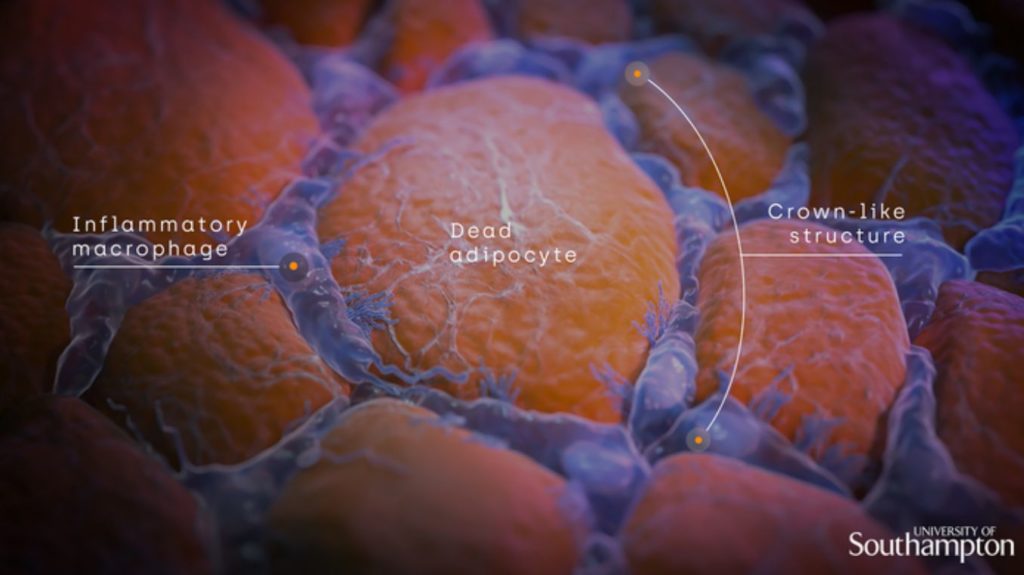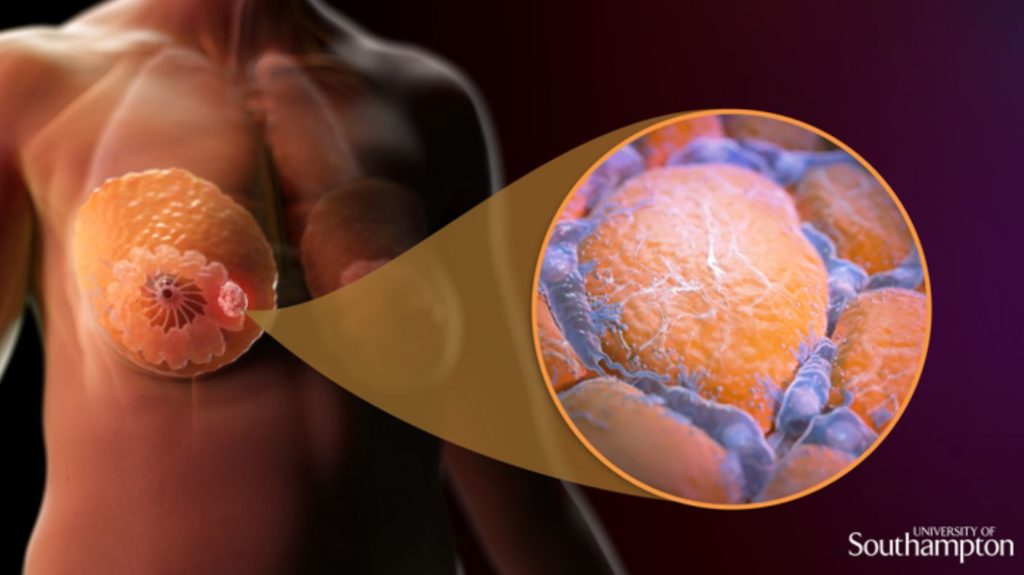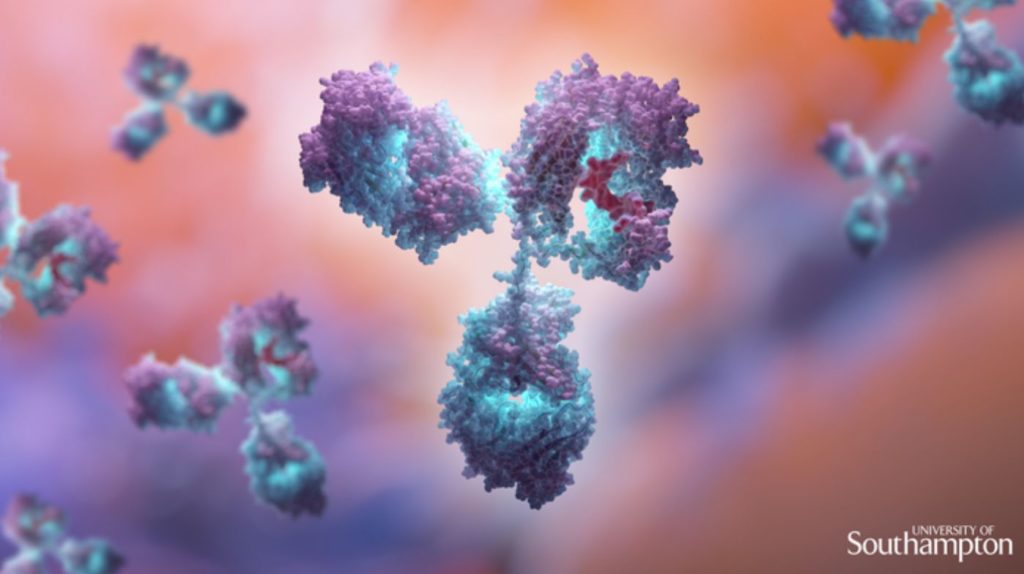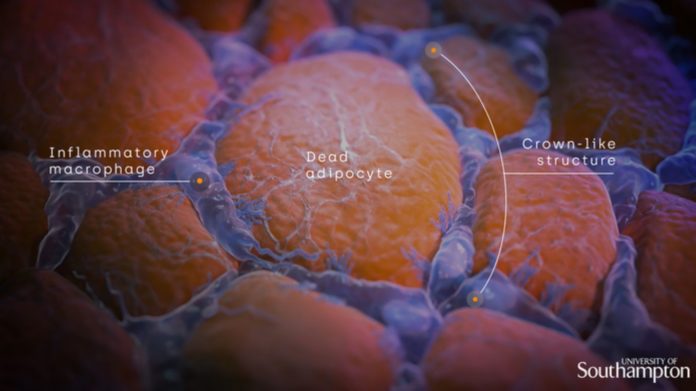Despite the fact that adipose tissue, or body fat, is an important component of a healthy human breast, a high body mass index (BMI) is linked to a higher risk of breast cancer. Patients who are overweight have a lower survival rate than those who have a healthy weight.
In patients with a high BMI, increasing body fat surrounding the breast can lead to the accumulation of inflammatory immune cells known as macrophages in breast fat tissue. By encircling these fat cells, macrophages can build ‘crown-like structures’. This causes an inflammatory response in the breast, which can lead to tumor formation and progression.

According to a new study from the University of Southampton, ‘crown-like structures’ encircling breast tumors in overweight and obese patients may impede treatment response.
This study’s findings could be used to improve individualized treatment for patients with HER2 positive overexpressed breast cancer.
It’s unclear how these crown-like structures affect breast cancer growth and treatment response.

Professors Stephen Beers, Ramsey Cutress, and Dr. Charles Birts led the study, which looked at samples from HER2+ breast cancer patients to see if there was a link between high BMI and the formation of crown-like structures, and how these affected how patients responded to trastuzumab (Herceptin®) therapy.

The findings, which were published in the journal Scientific Reports, revealed that patients who were overweight or obese had significantly more crown-like structures in their fat tissue surrounding the tumor, which was linked to a faster time to metastatic disease, a measure of how well the patients responded to therapy.
They then discovered a potential molecular biomarker on the surface of the macrophages in these crown-like formations, named CD32B. The response to trastuzumab therapy was worse when this marker was present in overweight and obese patients.
Stephen Beers, a professor of immunology and immunotherapy at the University of Southampton, believes, that findings of the study could “potentially be used to develop personalised treatment in patients with HER2 positive overexpressed breast cancer”.
According to the author, “patients with a high BMI and the marker on their crown-like structures are likely to have a poor response to trastuzumab therapy. They may therefore benefit from more intensive anti-HER2 therapy earlier in their treatment.
“On the other hand, this study highlights how effective trastuzumab treatment is in patients that do not have the marker. So these patients could benefit from a lower dose of anti-HER2 therapy which may minimise the side-effects they experience. Further studies with more patients will be needed to help confirm these initial findings.”
The researchers are now investigating how to alter the behavior of these crown-like structures in order to improve breast cancer medication responses.
This study was published in Scientific Reports, a peer-reviewed journal.
Image Credit: Getty
You were reading: Scientists Identify a New Target for Breast Cancer Treatment
